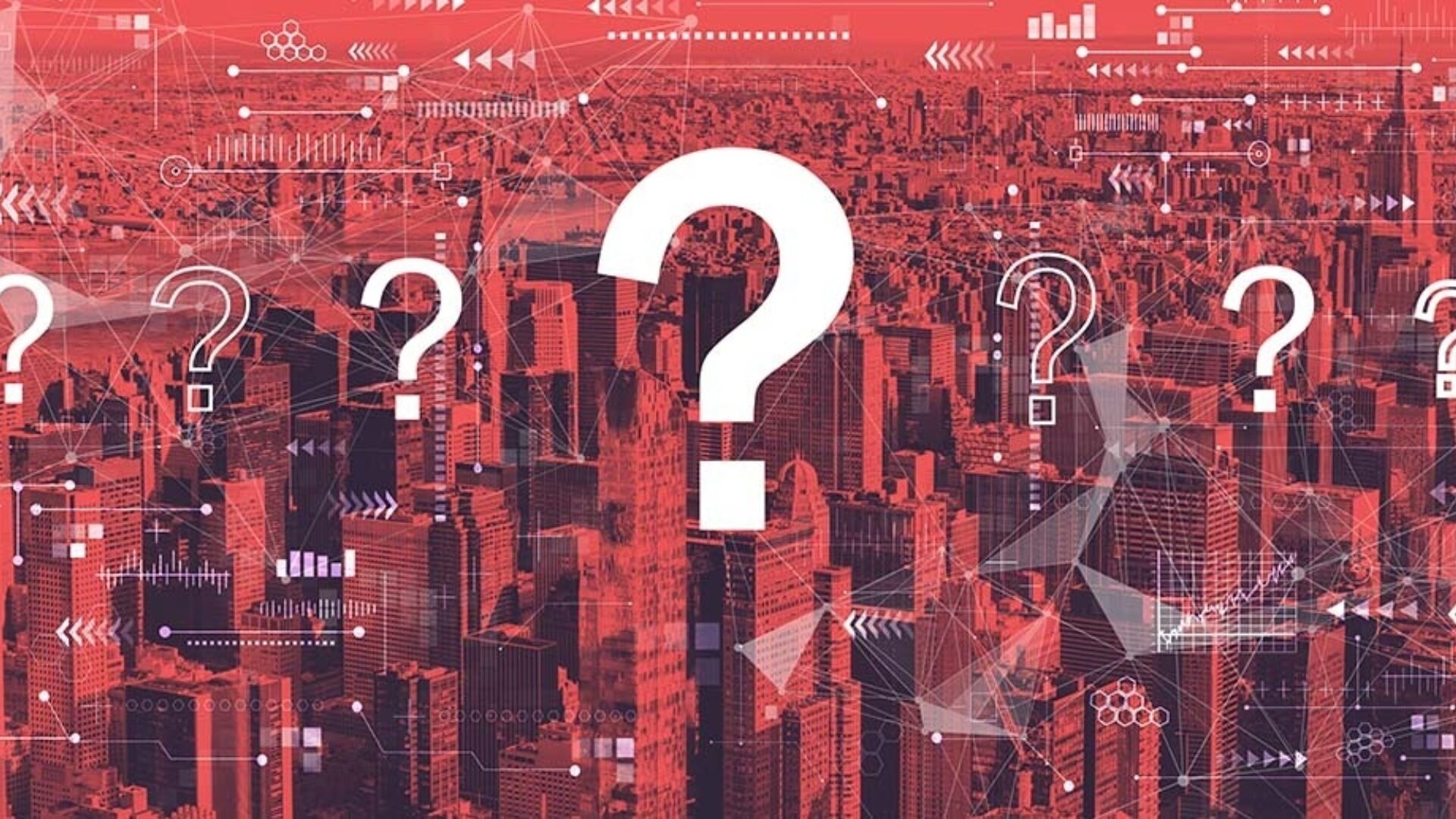Topic(s)
Security
Author(s)
Recent research by Microsoft’s RiskIQ indicates cybercrime costs businesses nearly $1.8 million per minute. Unless you have a strategy backed up by people, process, and technology, your organization is at risk.
Endpoints are the physical devices that connect to your business’s private systems, and they are some of the biggest vulnerabilities in your network. For this reason, the right endpoint detection response strategy is critical for protecting your business. Below we examine the three main endpoint detection responses: EDR, XDR, and MDR. While these are all ways to manage cybersecurity threats, they have some important differences.
What Is EDR?
Endpoint detection and response (EDR) focuses on threat detection and response in the endpoint environment. Endpoints can include laptops, computers, IoT devices, and business devices like POS systems. This solution looks at activity on the device itself (not on the network). A complete EDR solution provides multi-layered, integrated endpoint protection that provides visibility into each endpoint to help prevent attacks and support threat-hunting activities.
Endpoint detection and response has several functions:
- Detecting security incidents
- Containing each incident at the endpoint
- Investigating each incident
- Providing guidance for remediation
Because EDR uses continuous monitoring and data analytics to detect threats, it can mitigate threats more rapidly using an automated, rule-based response. The solution is like a highly evolved version of traditional antivirus software. Generally, antivirus software can only recognize and respond to known threats. However, EDR goes beyond this by recognizing new threats using tools such as cyber threat intelligence, machine learning, and advanced file analysis. These three tools allow endpoint detection and response to be a highly capable, predictive security approach.
What Is XDR?
Extended detection and response (XDR) is a powerful extension of endpoint detection and response. While EDR focuses exclusively on endpoint detection, XDR covers an organization's entire IT infrastructure, including
- Networks
- Cloud infrastructure
- SaaS components
- Endpoints
Extended detection and response focuses on security integration, using more than one type of detection across multiple security points. This solution provides end-to-end tracking, giving your cybersecurity team a unified view across different tools and potential vulnerabilities, which helps them work more effectively.
XDR collects data from across the enterprise, providing the context for the system to detect more sophisticated and distributed attacks. These systems use tools such as
- Data analytics
- Threat intelligence
- Artificial intelligence
- Machine learning
- Automation
XDR puts all security tools on the same platform, and these tools help XDR systems look at thousands of information logs. The system can then provide accurate and detailed alerts to security teams.
Why the Shift from EDR to XDR?
EDR and XDR can be good choices to replace legacy cybersecurity strategies. While the traditional approach to cybersecurity was reactive, EDR and XDR are preventive. They work to identify threats proactively and help security analysts identify and fix potential security issues before a problem occurs. Both solutions provide a wealth of data that is easy to access and support automation for quick threat detection and response.
XDR is a relatively new term, and it comes from the understanding that endpoints are only one component of an organization's IT infrastructure. The cybersecurity industry is increasingly aware that IT infrastructure needs a more holistic defense.
Trying to manage a complex network infrastructure with endpoint detection can quickly become overwhelming. XDR streamlines and simplifies an organization's security architecture. Because the system searches for threats throughout the network, security teams are better empowered to disrupt potential threats before they happen. XDR allows security analysts to better focus their efforts than they can using EDR.
What Is MDR?
Managed detection and response (MDR) is in a very different category than EDR or XDR. MDR is a security-as-a-service solution.
A security-centric Managed Services Provider (MSP) or Managed Security Service Provider (MSSP) delivers managed detection and response services, providing technology and expertise to continuously monitor IT assets. The MDR provider's goal is to quickly detect cybersecurity threats and respond effectively.
An MDR service uses tools like
- Security information and event management
- Network traffic analysis
- Intrusion detection
- Endpoint detection
- User and entity behavior analytics
While each provider has a different technology stack, MDR services can provide near-comprehensive visibility and actionable threat intelligence.
Benefits of MDR
Managed detection and response is most useful to organizations that lack their own 24/7 Security Operations Center. MDR helps companies overcome the global talent crunch in IT. It gives in-house teams more time to focus on other tasks, provides constant access to cybersecurity experts, and relieves security analysts who suffer from alert fatigue. Cybersecurity solutions are easy to scale with MDR providers.
Improve Your Detection Response
Endpoint detection response is a key part of your cybersecurity strategy. You need to focus on more than endpoints, though, to fully protect your business. XDR extends the best qualities of EDR, providing a holistic and integrated way to identify and mitigate threats. MDR takes that concept even further by offering a cybersecurity-as-a-service solution.
The first step toward improving your security posture is understanding your current security situation. Envision can help with a security advisory and assessment. We also provide employee training and endpoint security solutions. To learn more about how to protect your business, access our whitepaper or browse our infographics.

